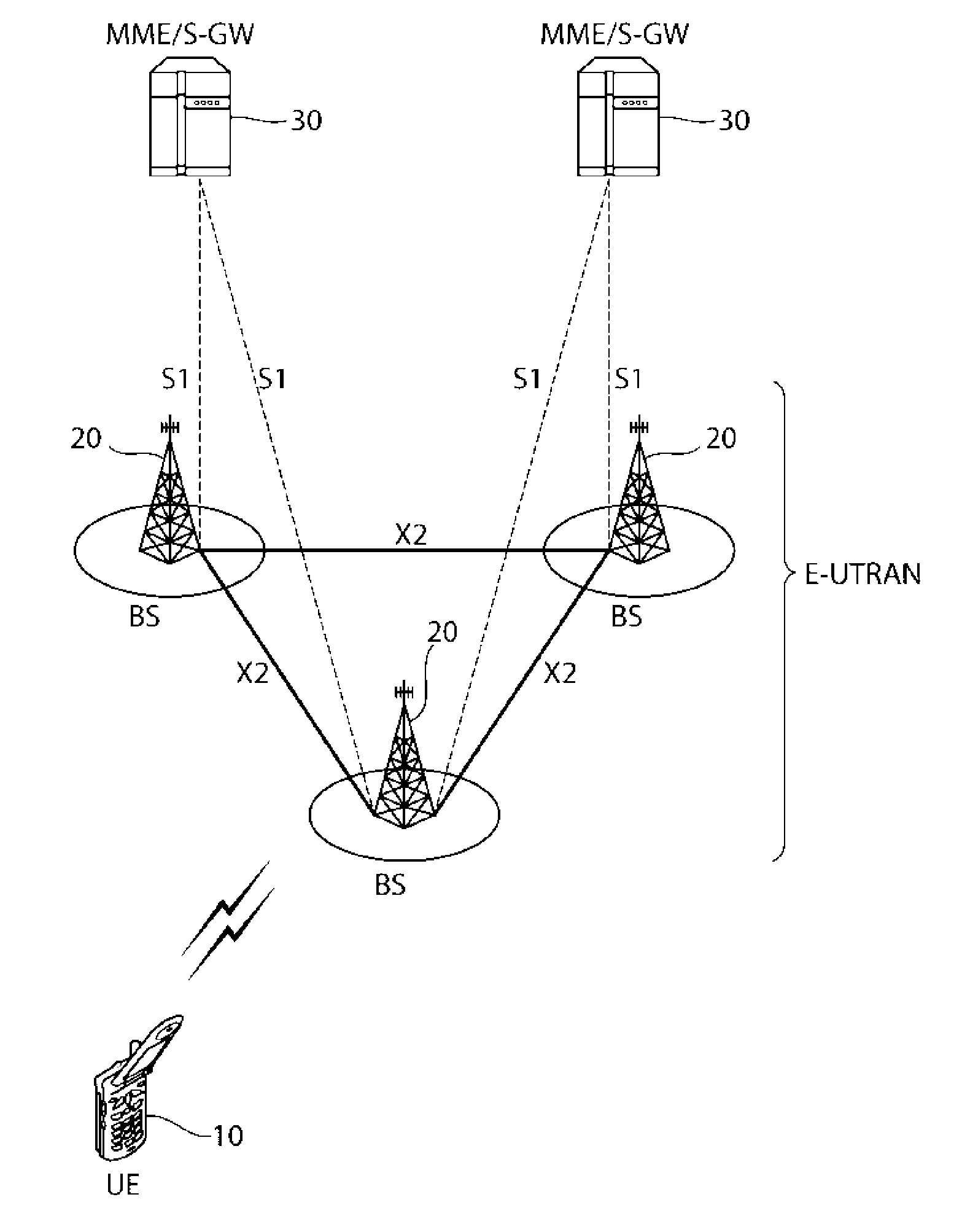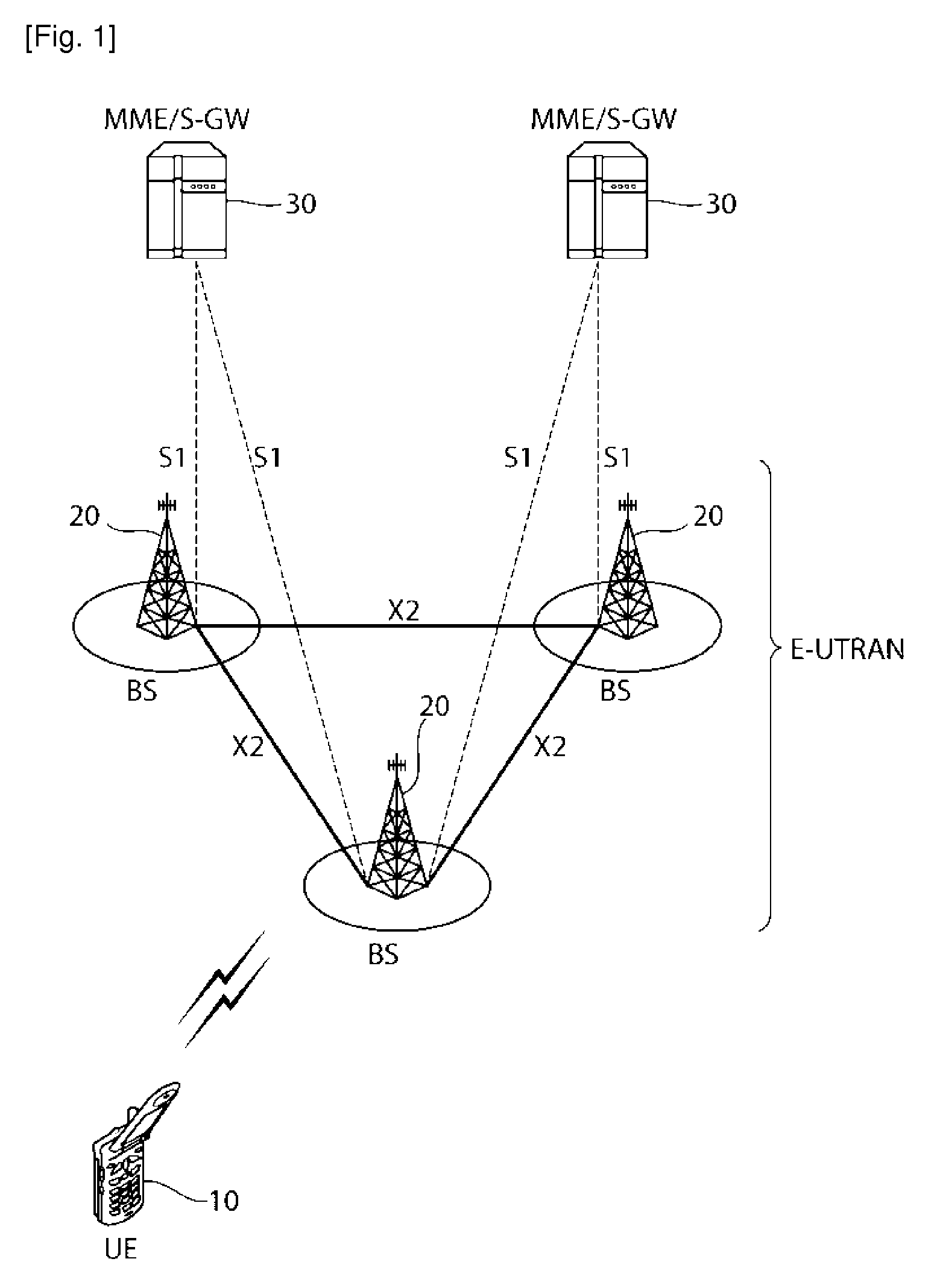Carrier Aggregation Management and Related Device and System
a technology of carrier aggregation and carrier, applied in the direction of transmission path sub-channel allocation, transmission path division, wireless communication, etc., can solve the problems of inability to receive dl harq ack/nack, inability to transmit traffic data,
- Summary
- Abstract
- Description
- Claims
- Application Information
AI Technical Summary
Benefits of technology
Problems solved by technology
Method used
Image
Examples
Embodiment Construction
[0127]The invention will be described hereafter in the context of an LTE-A system supporting carrier aggregation as mentioned above. It applies however to any other type of system including at least one base station and at least one UE or equivalent, as will be apparent to one skilled in the art.
[0128]FIG. 9 shows an exemplary and non-limiting wireless communication system including a BS 310 and one or more UE(s) 320. In downlink, a transmitter may be a part of the BS 310, and a receiver may be a part of the UE 320. In uplink, a transmitter may be a part of the UE 320, and a receiver may be a part of the BS 310. The BS 310 may include a processor 311, a memory 312, and a radio frequency (RF) unit 313. The processor 311 may be configured to implement proposed procedures and / or methods described in the present document. In the exemplary system of FIG. 9, the memory 312 is coupled with the processor 311 and stores a variety of information to operate the processor 311. The RF unit 313 i...
PUM
 Login to View More
Login to View More Abstract
Description
Claims
Application Information
 Login to View More
Login to View More - R&D
- Intellectual Property
- Life Sciences
- Materials
- Tech Scout
- Unparalleled Data Quality
- Higher Quality Content
- 60% Fewer Hallucinations
Browse by: Latest US Patents, China's latest patents, Technical Efficacy Thesaurus, Application Domain, Technology Topic, Popular Technical Reports.
© 2025 PatSnap. All rights reserved.Legal|Privacy policy|Modern Slavery Act Transparency Statement|Sitemap|About US| Contact US: help@patsnap.com



